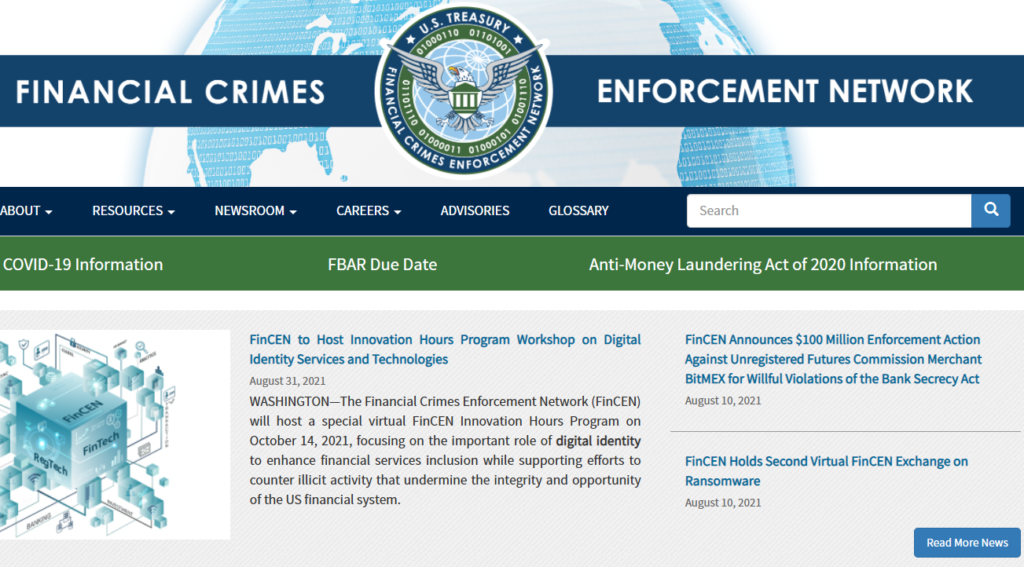
The more global the world becomes, the more sophisticated and global the wrongdoers become. Unfortunately, the Japanese law enforcement is not able to catch up with cryptocurrency heist, but with Carlos Ghosn.
Fraudsters are clever and rather good at hiding their trace. For example, they know that the Japanese local resident registration does not track those who declared to have “left” the country. To benefit from the Japanese national health insurance, however, the fraudsters need to register in Japan again. So, once they register as such they will immediately re-register in another city and successfully remove the trace, while continuing to receive medical benefits.
Moreover, it is virtually impossible to trace the funds particularly when the stolen money is sent overseas. Although the Japanese banks introduced the foreign remittance identification process, it is for the purpose of compliance and not to help fraud victims recover the money. The Japanese law enforcement is notorious for rejecting criminal complaints, as revealed in the Lucie Blackman case.
Instead, victims are able to launch a case under the anti money laundering statute, either in Japan or overseas. Particularly interesting is the U.S. Treasury’s anti money laundering whistleblower program, under which whistleblowers may be entitled to share part of the monetary sanctions. The outreach of the program is not limited to U.S. companies. Nor do whistleblowers have to be insiders.